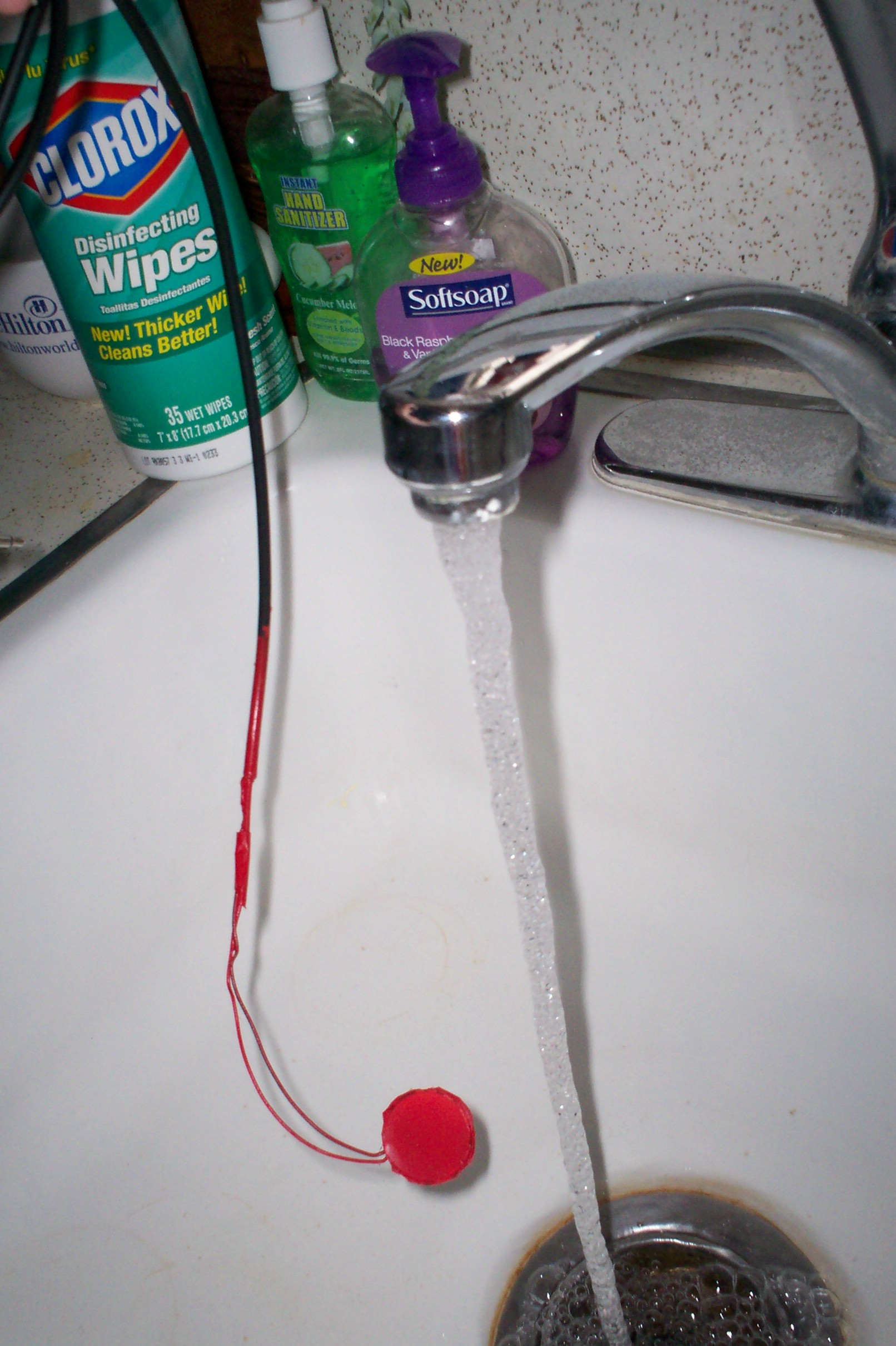
Sound Portrait
This project began with experimentation. I had intended to use my cat as a subject, to record his purring, but the sound did not pick up well. I had to learn a little more about contact microphones, to decide how to proceed, since the first recording did not work well. Through further reading I learned that conventional air microphones can pick up sounds in the full frequency response range of human hearing, from less than 100 Hz to about 20,000 Hz. (Holmes, 2002). Contact microphones are unique in that they are designed to pickup vibrations while in direct contact to a surface and are limited in their frequency response. They only sense a narrow band of frequencies of no more than a few thousand hertz, usually at the lower end of the scale (Holmes 2002).
I decided to try using my mixer and taped the contact microphone to the outside of it, near the bottom. I added different things to the mixer, to see if the contents would create different vibrations. The sounds did pick-up well, but were not real unique. I then tried attaching the microphone to wind chimes. Since this seems to be something that is often done, I wanted to find something a bit different. Finally, I decided to make a mix centered on my kitchen sink and name it Kitchen Sync. I taped water dripping, filling a glass, spilling from the glass, spray from the sprayer, water going down the drain, more dripping and then silence. Silence, because often times dripping can be unnerving, and the silence in this case is often a welcome relief and a nice way to end a kitchen sink, sync segment. My favorite sound was definitely the water going down the drain. It was a very unique quality to it, plus it came in loud and clear.
I was glad I had the opportunity to experiment with different objects. It helped me realize how enjoyable recording electronic music can be, and how it can be a unique art form for expressing oneself and the world around us. Some unexpected sounds can come from the things we encounter everyday, and it has helped me to look at familiar things in a new way.
Holmes, T (2002). Electronic and experimental music: Pioneers in technology and composition. New York: Routledge.
back to: Menu |
go to: Next